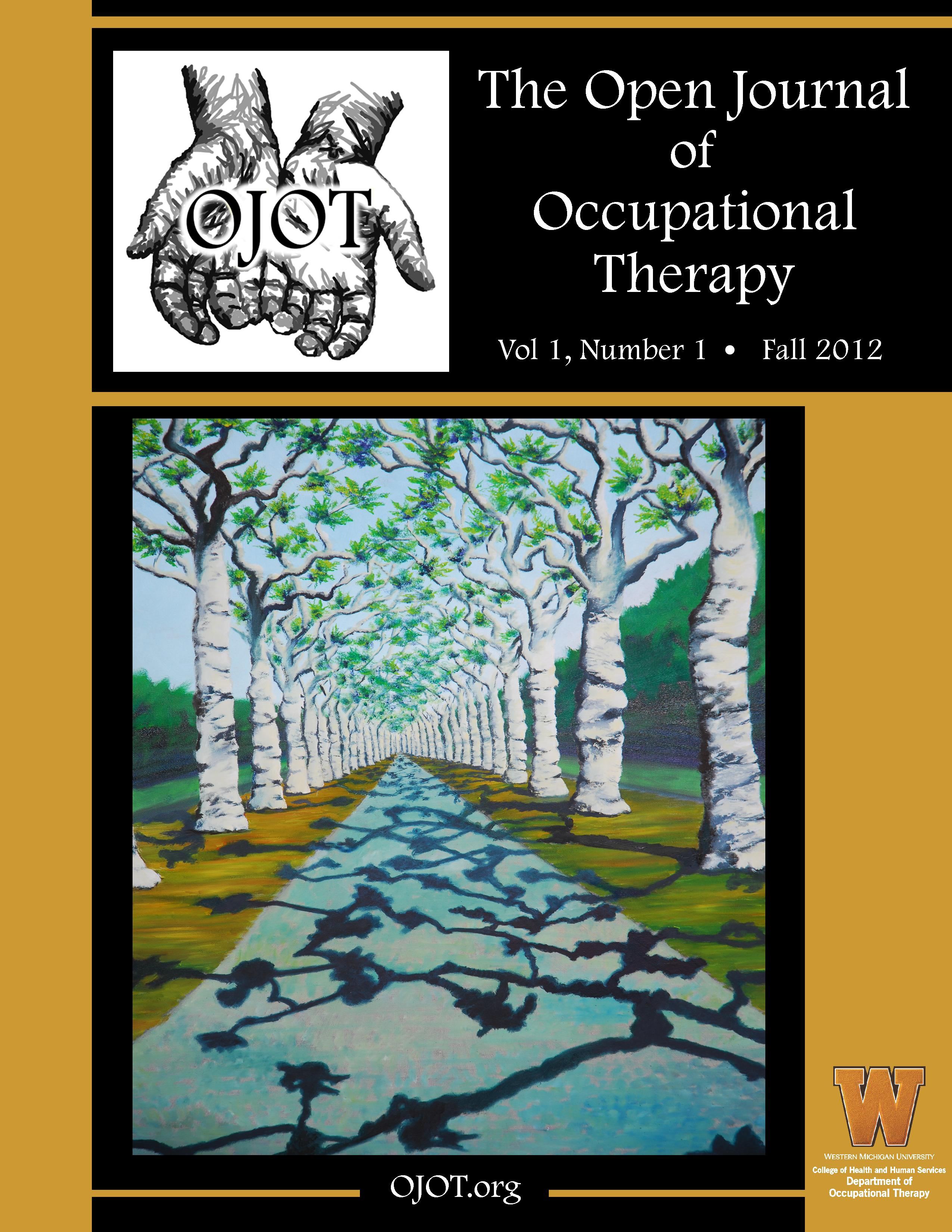ScholarWorks > HHS > OT > OJOT > Vol. 10 > Iss. 4 (2022)
Credentials Display
Stephen Hill, BSc, MSc, PhD (Kinesiology: Biomechanics); Samantha Mong, BSc (Biochemistry and Molecular Biology); Quyen Vo, BA (Psychology and Social Behavior)
Abstract
Background: Three-dimensional (3D) human motion analysis provides objective, quantitative, and reliable kinematic data that are valuable in rehabilitation. Clinicians, including occupational therapists and other specialists, can apply this technology to quantify patients’ upper extremity (UE) motion during functional tasks. A better comprehension of altered body mechanics serves to guide clinical reasoning, develop evidence-based interventions, and monitor patients’ progress through follow-up. However, the scientific literature has yet to emphasize the practicality of using 3D motion analysis as a clinical measurement tool.
Method: This scoping review appraised 20 articles that used 3D motion analysis to quantify UE movements for individuals with and without mechanical pathologies. The articles were evaluated based on their quality and clinically relevant applications of UE kinematics.
Results: This scoping review revealed that 3D motion analysis has already been implemented in rehabilitation but the variability across protocols and facilities can complicate the comparison of results.
Conclusion: To further expand clinical use of 3D motion analysis, an introduction of more accessible, inexpensive, and user-friendly kinematic systems is critical. Future research should also aim to establish a standardized protocol of 3D motion analysis in UE assessments to produce clinically relevant results and maximize patients’ independence when engaging in daily activities.
Recommended Citation
Hill, S. W., Mong, S., & Vo, Q. (2022). Three-Dimensional Motion Analysis for Occupational Therapy Upper Extremity Assessment and Rehabilitation: A Scoping Review. The Open Journal of Occupational Therapy, 10(4), 1-14. https://doi.org/10.15453/2168-6408.1901
Included in
Biomechanics Commons, Equipment and Supplies Commons, Investigative Techniques Commons, Motor Control Commons, Occupational Therapy Commons, Other Analytical, Diagnostic and Therapeutic Techniques and Equipment Commons, Other Rehabilitation and Therapy Commons



Comments
The authors declare that they have no competing financial, professional, or personal interest that might have influenced the performance or presentation of the work described in this manuscript.